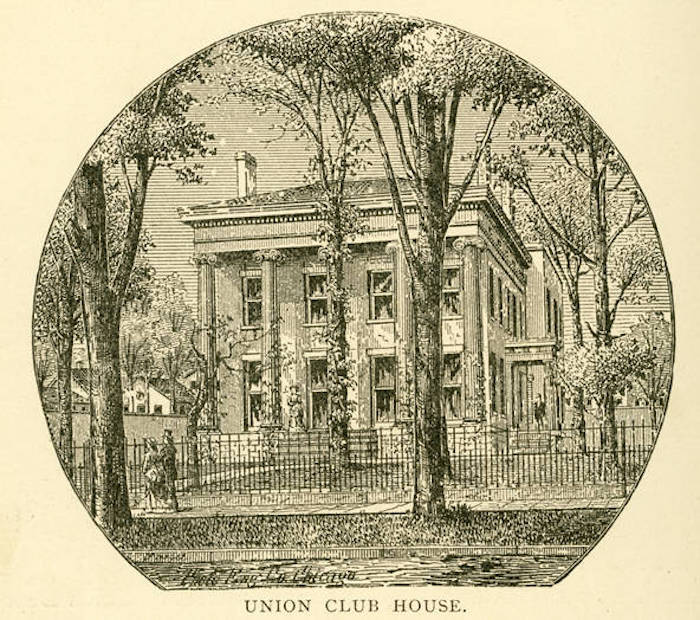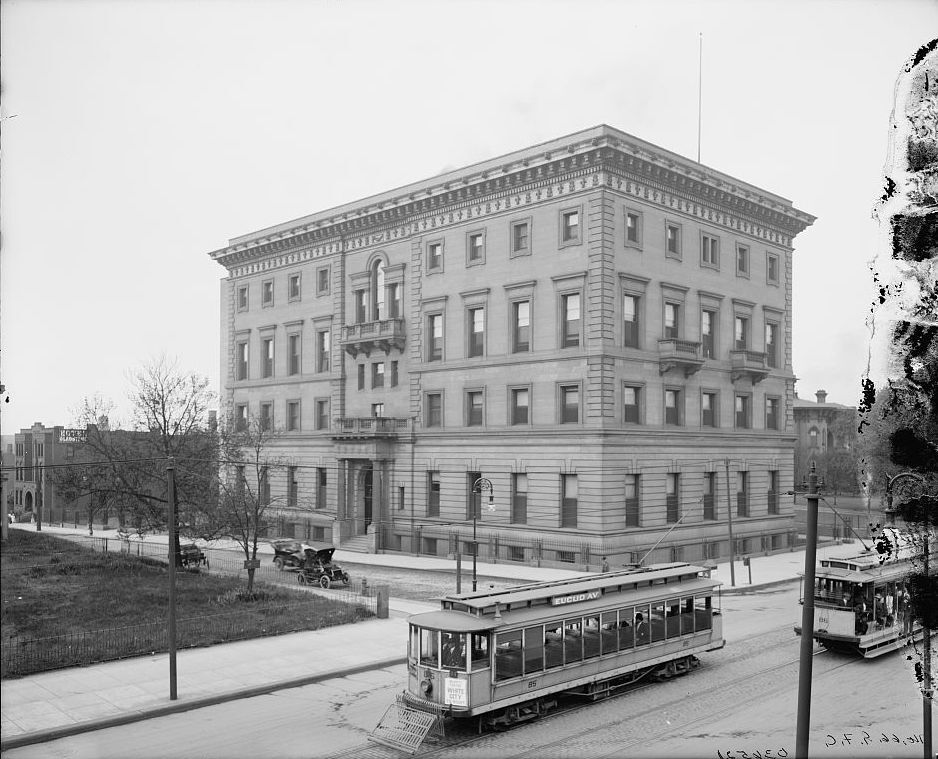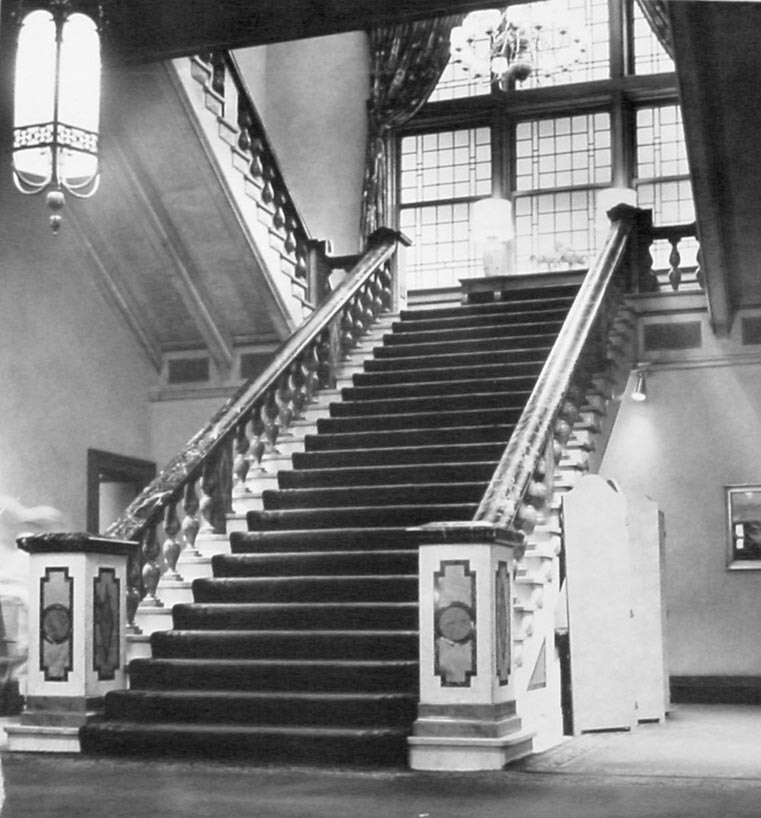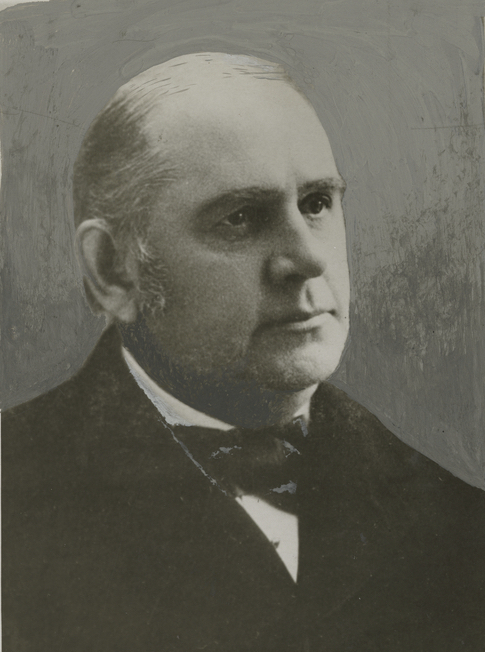
In October 1989, Cleveland Plain Dealer business writer John Freeh wrote of the "downtown clubs of Cleveland." In an aside article he described his reception, as a journalist, when he requested an interview with the Union Club of Cleveland management. Club members declined his submitted questions in a "century-long tradition of confidentiality." Further attempts to individually interview executive and civic leader members were similarly denied. Nonetheless, Freeh assembled considerable information to profile Cleveland’s most prominent businessmen’s clubs that had been thriving for up to a century at that time, including the Commerce Club, the University Club, the Cleveland Athletic Club, the Hermit Club, the Tavern Club, and the Slovenian National Home. The clubs shared the common purpose of providing social settings for like-minded business leaders to gather, dine, entertain, and conduct business.
The Union Club of Cleveland is the grande dame of downtown clubs. Founded in 1872, it traces its roots back to the 1830s when the first Union Club in Cleveland was a troop of armed farmers protecting the village from horse and cattle thieves. Later, "Union League" clubs began to grow in several northern cities leading up to and during the Civil War. Clubs were committed to the Union cause and to promote loyalty and support to the causes of Abraham Lincoln. The League of clubs ultimately embraced the Republican Party, pro-Union Democrats, and the Union military and worked to alleviate miseries of the war experienced by local participants.
By 1870, the Cleveland Club, headquartered on the north block of Public Square, attracted patriotic and prominent citizens with common political, business, and academic/social interests. Shortly thereafter, dissatisfaction led to a mass exodus of about 70 members who organized and purchased the Senter residence at 48 Euclid Avenue (the future site of the Hippodrome Theatre) to become the clubhouse for the Union Club of Cleveland. Eighty-one men comprised the original membership including trustees led by Chairman William Bingham and Secretary Waldemer Otis. Trustees included Samuel Mather, William Boardman, H. B. Payne, and others. Marcus Hanna and Amasa Stone were also among the founding members. The Union Club of Cleveland charter declares "for the promotion of physical training and education." Members bought stock and paid dues to fund the club. The club boasts members from the US Senate and House of Representatives, Supreme Court Justices, U.S. Ambassadors, rail and auto executives, bishops (Episcopalian and Catholic), inventors, and an historian (James Ford Rhodes). Presidents Grant, Hayes, McKinley, Garfield, and Taft were honorary members who entertained at the club.
The club flourished with members (numbering 400) and civic influence during the ensuing 30 years of Cleveland’s industrial prosperity. By the turn of the century, the clubhouse would no longer adequately house the projected membership and a search began for a new headquarters site. After much study of available properties, finances, and member preferences, the Castle estate at East 12th and Euclid was purchased and Club members Charles Schweinfurth and David Norton were named architect and builder, respectively, for their new home, sized to accommodate 1,000 members.
December 6, 1905, marked the dedication of the new Union Club of Cleveland at 1211 Euclid Avenue, where it remains today. Decades of the 20th century brought a variety of challenges to the club now settled into its permanent home. In 1907 local politics divided the club. The club’s vast majority and leading Republican members supported Congressman Theodore Burton to unseat Mayor Tom Johnson. Liberty Holden, Plain Dealer publisher and Union Club president, supported Johnson, leading to internal debates and clashes among members about their nearly unanimous support and aid for Burton. Tom Johnson openly criticized the club and "sought its condemnation." Tom Johnson, a dues-paying absentee Union Club member, resigned shortly after his re-election that year.
The 1910s brought new challenges, including the club’s growing membership and operational and financial tensions. The advent of World War I and club members’ patriotic pride combined to influence Cleveland’s support of the impending war effort. Prohibition presented challenges to the tap room and refreshment aspects of the club—one manager served jail time for a Volstead Act conviction. Depression circumstances led to operational issues and fluctuating membership in the fourth decade and World War II brought growth and prosperity to the city and club for three more decades into the 1970s. The clubhouse interior was renovated often to accommodate functional and operational issues.
Club by-laws and social transformation evolved as well over time. Founding members instituted a 100-year tradition of all-male membership; women, wives and family of members were afforded full but separate member privileges in 1882 via separate entrances and room access in the clubhouse. Likewise, membership also excluded African American and Jewish men through the club’s first century. Change came gradually beginning about 1970 with Jewish members, and later in 1982, when the Union Club welcomed its first woman member with full privileges (Karen Horn, President of the Cleveland Federal Reserve Bank). Before its 150th birthday, the Union Club has seen its first woman president and first black president. While the "personality" of the club ebbed and flowed with its membership, it has remained a conservative social club of Cleveland’s elite business, civic, industry, and social leaders. True to its "ancestry" in the Union League, it remains an elite social club sharing characteristics of its fellow union clubs in Boston, New York, Philadelphia, Chicago, and Washington, D.C.
Images






